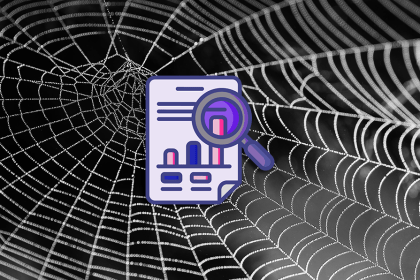
Analyzing a similarity matrix can help you identify patterns that tend to be grouped together by participants in card sorting.
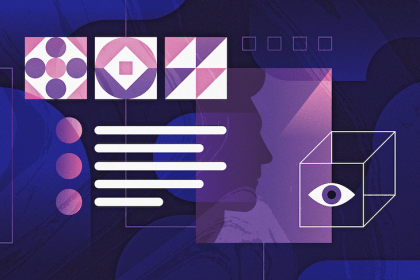
A design language is the cohesive system of visual and interaction elements that define a product’s personality. Here’s how to define yours.
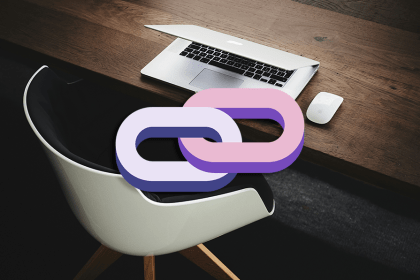
As designers, we can exploit the principle of closure and use it as a tool for building intuitive and engaging user experiences.
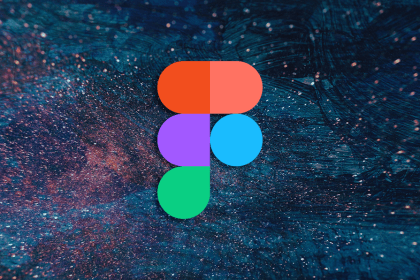
Here’s a look at the elements of a dropdown menu, its different variations, and the steps to design a dropdown menu in Figma.
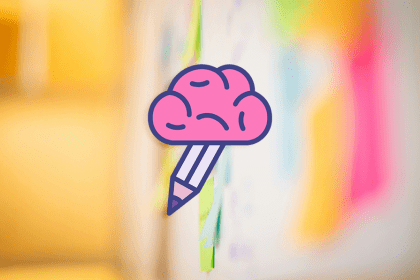
A design kickoff is the starting point. It’s about bringing people together, clarifying questions, aligning objectives, and more.
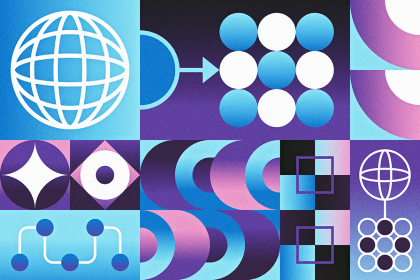
What if we all used one global design system? Would this benefit users and developers equally? Let’s explore this concept in depth.

With drag-and-drop interfaces, no-code website builders allow designers to focus on creativity rather than technical implementation.

UX leaders need to keep close contact with other stakeholders to get help. Here’s how to communicate with stakeholders in your organization.
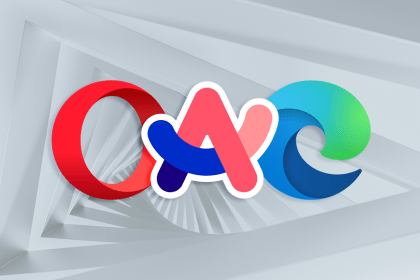
Are we experiencing a new age of browsers? Let’s break down the UX design of the most popular browsers and upcoming stars.
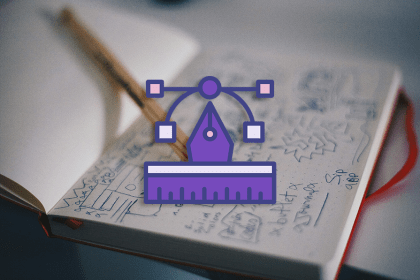
Service design can help our organizations innovate customer experience and build brand loyalty — and it’s great for small businesses.

Digital addiction is bad for your mental and physical health. Learn what trends encourage this concerning behavior and how to avoid it.

Let’s compare Zeplin with Figma Dev Mode to find out which suits design handoff better for your software product team!